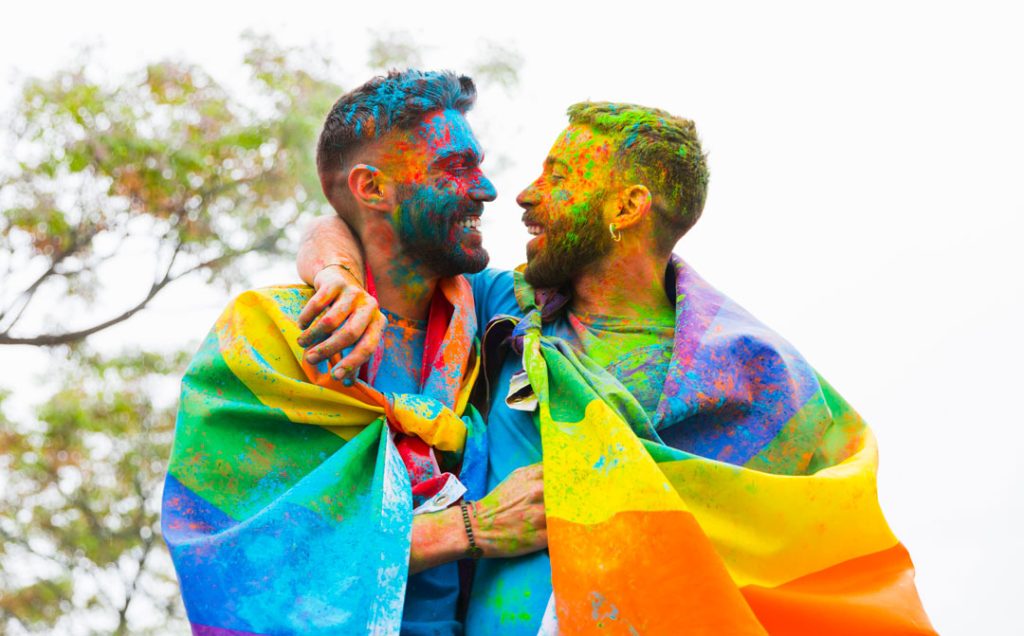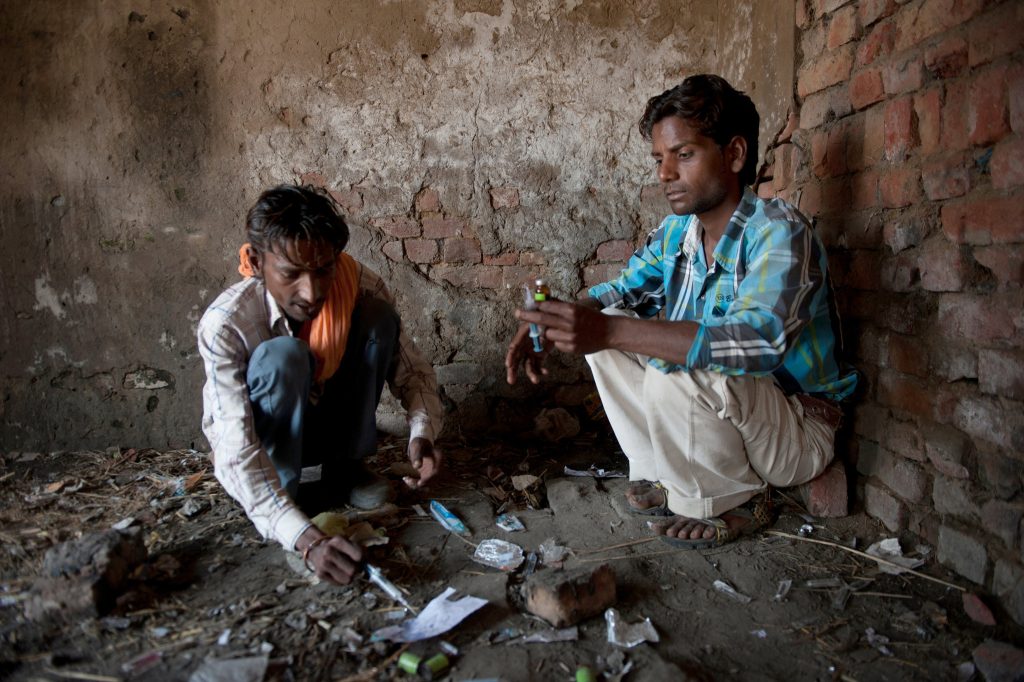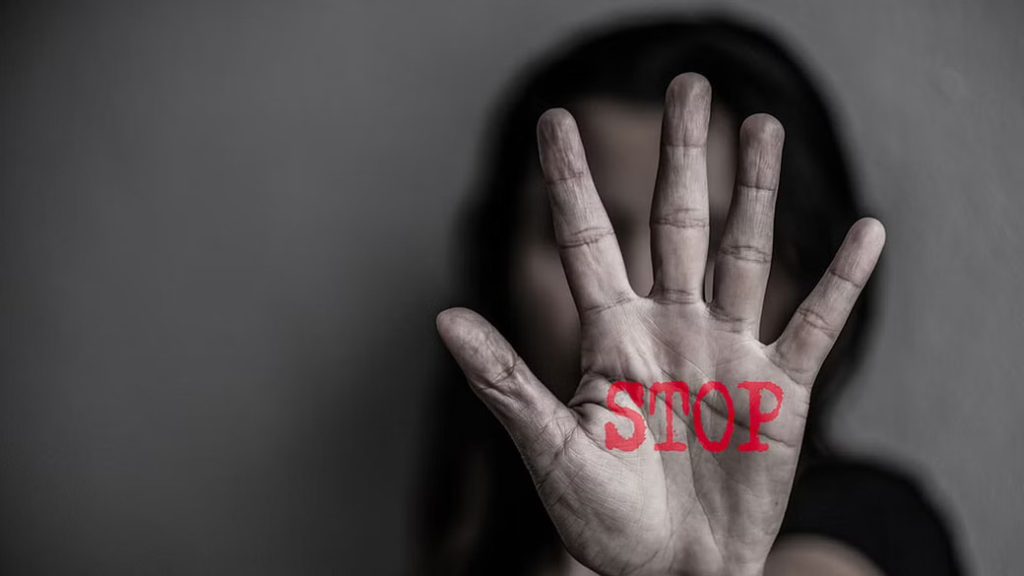Simplifying the Queer Spectrum

The word “queer” was originally used as a derogatory term for the members of the LGBTQIA ++ community. Over the years, it has been adopted as a term of empowerment and celebration of the community. By the dictionary, “queer” means something that is unclear and away from normal. While most of us have heard the word in a positive light, many are unsure about what it really means.
To understand what the term queer includes, we first need to understand what the term does not include. Here are a few key terms to keep in mind:
Sex: The biological representation of an individual, based on their reproductive organs. Oftentimes, we get confused between gender and sex because both of them are called “ling” in Hindi, and lack an exact translation.
Gender (ling pehchaan/ling abhivyakti): The social representation of an individual, based on the way they like to express themselves. This includes clothing, mannerisms, and the pronouns they prefer for themselves. For example, a penis owner wearing a saree might be “male” according to his sex, but could have a different gender expression.
Sexuality/ Sexual orientation: One’s sexual attraction towards another person. An individual’s sexuality is characterized by what kind of people are they sexually or romantically attracted to. For example, Sweety’s gender in the movie “Ek Ladki Ko Dekha Toh Aisa Laga” was a cis woman who had feminine mannerisms, wore feminine clothing, and referred to herself as a woman. Her sexual orientation was homosexual, because she was in love with a woman.
Heteronormativity – It is the dominant idea that gender and sexuality exist in binaries. Heteronormative ideas It believes that a person’s gender identity is limited to what is assigned to them at birth based on their anatomy. So, all vulva owners are automatically considered women, as well as penis owners, are considered men (what we refer to as cis-gendered people). The respective genders are expected to take “feminine” and “masculine” roles in society. In terms of sexuality, it promotes the idea that “men” and “women” are supposed to be romantically attracted to the opposite gender. An example of a heteronormative idea would be that women are supposed to wear clothing like sarees and skirts, get married to a man and take care of the family, whereas men are supposed to dress in pants and kurtas, they can’t wear makeup, they are supposed to marry a suitable woman and earn money for the family. The movie “Badhaai Do” is a perfect example of how gender roles are imposed on people. Even though Shardul and Suman are both homosexual, they are forced to hide their true selves and get married to each other because of society’s expectations that a man and a woman should get married at a suitable age.
Combining all of these words, we can understand that “queer” refers to an individual’s gender and sexual identity which does not conform to the dominant norms of the gender binary. LGBTQI+ people use the word to refer to the community itself, whereas individuals also use it to identify themselves as someone who is not traditionally a heterosexual man or woman.
So, who exactly is queer?
Anyone who feels comfortable with the label!
The word is intentionally vague to be as inclusive as possible of people with different forms of gender representation and sexual preferences. For example, it is completely acceptable for a cis-gendered, homosexual person, as well as for a non-binary, pansexual individual to label themselves as queer. People who are “questioning” and are open to exploring their gender and sexual identities can also identify as queer. There are no right or wrong answers!
Queer identity lies on a spectrum- it is meant to be fluid. Just like it is not possible to count the number of drops in the ocean, there is no way to box the definitions of queer. Let’s understand some commonly used terms on gender and the sexuality spectrums linked to the idea of queerness:
Gender Spectrum
Intersex: Individuals with reproductive organs that cannot be termed as typically male or female. Their bodies do not have a well-developed penis or vulva or both organs.
Genderqueer: Anyone whose identity falls out of the gender binary, or who is exploring their gender identity. Jab koi vyakti apni pehchaan ko keval stree aur purush ki boundaries ke bahar khoj rahe hain, woh genderqueerkehlaaye jaa sakte hain. “Genderqueer” shabd a koi fixed definition nahi hai, anything that is away from the gender binary or anyone who wants to explore their gender identity can call themselves genderqueer.
Non-binary: Someone who has established a gender identity that falls out of the binary of man and woman.
Agender: Someone who does not identify with any gender identity, or is neutral on the gender spectrum.
Transgender: a term used for people whose gender identity is not the same as what is assigned to them at birth based on their sex. “Transgender” ko hum “transition” shabd se samajh sakte hain, which means it is a term used for people whose gender identity is not the same as what is assigned to them at birth based on their sex.
Source: https://www.geneseo.edu/lgbtq/gender-identity
Sexuality Spectrum
Homosexual (samlaingik): Someone who is attracted to people of the same sex, such as Fawaad Khan’s character Rahul in the movie “Kapoor and Sons”.
Heterosexual: Someone who is attracted to people of the opposite sex. For example, our good old Raj and Simran from “ Dilwale Dulhania Le Jayenge”.
Bi-sexual (ubhaylingi): Someone who is attracted to people of more than one sexual or gender identity, like Umang Singh in the show “Four More Shots Please!”.
Asexual (alaingik): Someone who is not sexually attracted to people, regardless of their gender and sexual orientation.
Pansexual: Someone who can be attracted to people of all genders and sexual orientations, regardless of their identity.
Source:https://www.osmosis.org/learn/Sexual_orientation_and_gender_identity
This is just a starting point, our identities can be way more complex and colorful. You are most likely to come across the above terms in pop culture and social conversations, although the actual “types” of gender and sexual identities are endless.
Common challenges faced by queer people in India
Lack of understanding and support from friends and family: Due to a lack of awareness as well as the societal pressure and taboos attached to the community, families, and peers are often dismissive of queer individuals. Like in the movie ‘Shubh Mangal Zyaada Saavdhan’, where the lead pair Aman and Karthik had to struggle to not only get their parents’ approval but also to explain the nature of their relationship to the families.
Exploitation and lack of legal security: Due to the attached stigma and lack of legal security, members of the queer community often have to face abuse and exploitation. Until the year 2018, section 377 of the Indian Constitution prescribed lifetime imprisonment for homosexual sex. In ‘ Made in Heaven, the protagonist, Karan, is a gay character who is subjected to multiple distressing encounters with the police because of his sexuality.
Source: https://www.scoopwhoop.com/entertainment/made-in-heaven-moments/
Lack of visibility: If we take a close look around, we will find that members of the queer community are not usually seen in positions of power such as in politics, business industries, etc. Even Bollywood has a lack of openly queer artists and filmmakers. Most of our education curriculum also uses binary pronouns he and she and covers very little syllabus on the queer community. Think of your own friends and family: how many of them do you know belonging to the queer community? Have you ever seen a politician from the community? What about businesses- have you shopped from an owner that celebrated being queer?
https://www.pinknews.co.uk/2019/06/29/nepal-first-lgbt-pride-parade-in-kathmandu/
Barriers to healthcare: Intersex persons and individuals who do not conform to the gender binary often face issues with adequate documentation since most official records and identity documents still record genders only as male or female (or sometimes, transgender). Think about it: What box do they tick when filling forms? Which washroom do they go to?
This further makes it difficult for them to access diagnosis and treatment for physical diseases, especially related to sexual health.
Mental health-related concerns: Individuals in the queer community are more likely to be prone to mental health concerns and disorders like anxiety, substance abuse, and depression. They are also less likely to seek help for their concerns because they could be scared of having a therapist who might fail to understand their problems or display prejudiced behavior towards them.
These concerns are important and need to be heard and helped. Looking for the right mental health professional? We can help you there: Check out our website to reach out to professionals who are queer-affirmative, and sex-positive. We’ve got safe spaces and therapists that understand your concerns, at HEAL at Shivtensity. Our team of queer-affirmative and sex-positive therapists is there for you!
Written By:
Bulbul Pareek
Intern
Reviewed by:
Akshatha Jane Jesudasan
Psychologist (MSc Psychology with Clinical Specialization)
References
American Psychological Association. (n.d.). Definitions Related to Sexual Orientation and Gender Diversity in APA Documents. American Psychological Association. Retrieved May 20, 2022, from https://www.apa.org/pi/lgbt/resources/sexuality-definitions.pdf
American Psychological Association. (2015). Key Terms and Concepts in Understanding Gender Diversity and Sexual Orientation Among Students. apa.org. Retrieved May 20, 2022, from https://www.apa.org/pi/lgbt/programs/safe-supportive/lgbt/key-terms.pdf
Bornstein, K. (2022, March 24). LGBTQIA Resource Center – LGBTQIA Resource Center Glossary. LGBTQIA Resource Center. Retrieved May 20, 2022, from https://lgbtqia.ucdavis.edu/educated/glossary
Introduction to Gender and Sexuality. (n.d.). coursehero.com. Retrieved May 20, 2022, from https://www.coursehero.com/study-guides/boundless-psychology/introduction-to-gender-and-sexuality/
Nikarthil, D. S., & Kejriwal, S. (2021, October 31). India’s Healthcare Systems Persistently Exclude LGBTQ+ People. This Needs To Change. The Wire. https://thewire.in/health/indias-healthcare-systems-persistently-exclude-lgbtq-people-this-needs-to-change












